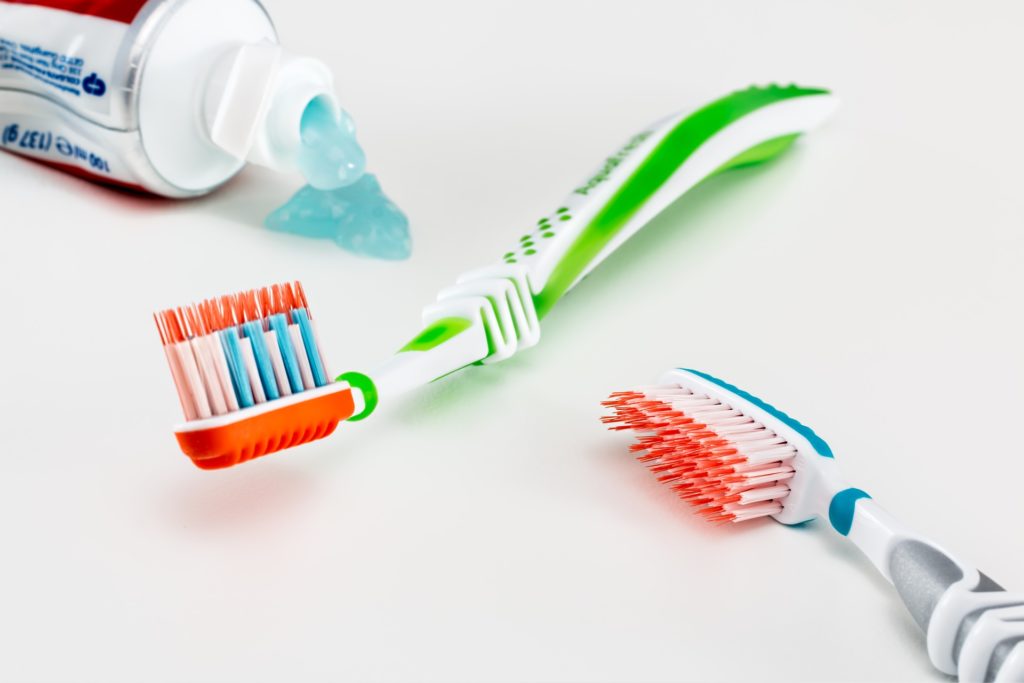How to Avoid Slips, Falls, and Falling Object Hazards at a Construction Site
Construction is one of the largest industries in the U.S. It has over 6 million workers and generates almost $12.5 million in revenue annually. However, according to OSHA, the construction industry also has the 6th highest number of injuries and fatalities.
In the last calendar year, OSHA recorded over 1000 fatalities in this industry. Such numbers are mainly due to the various risks and different construction hazards the workers face each day.
While this industry is not risk-free, several risks and hazards can be reduced. This is possible through proper training and the right safety procedures and systems. Every person in the construction industry, from the site manager to the workers and the safety inspectors, all has a significant role to play to ensure that all hazards are minimized.
Here are some of the most common hazards in construction sites:
Slips and Falls
Falls are the most dangerous hazards in the construction industry. This is because construction work often involves working at a great height, whether inside or outside structures. To get the job done, construction workers have to use safety measures such as ladders, stairways, and scaffolds, all of which come with various risks.
Negligence, equipment failure, harsh weather, and restricted mobility all increase the risk of falls. For them to stay safe, all workers should be equipped with the right Personal Protective Equipment (PPE), including hard hats or helmets, safety boots, and lanyards. The workers should be trained on the appropriate fall protection measures when working at heights of six feet or higher.
How to Avoid Falls
Regardless of the distance that one has to work, employers should ensure that fall protection equipment is available. On the other hand, employees should always use the equipment provided and inspect it for any signs of weakness or damage before each use.
Some of this equipment includes the following:
- Safety ropes
- Scaffolds with guardrails along all open sides
- Do not exceed the scaffold’s load capacity.
- Ladder
- Always maintain three-point contact, avoid overreaching, keep your body between the rails, and set it up properly
- A clean and orderly workplace
- Keep walkways clear, Clean up spills immediately, use the “Caution: Wet Floor” signs while cleaning, etc.
Remember, if you are liable for a slip and fall accident, you may face a lawsuit. Therefore, contractors should ensure that all working surfaces should always be stable, and employees trained to use safety equipment and practice safe practices.
Falling and Moving Objects
Construction sites are busy areas with cranes, forklifts, and other tools like jackhammers that can be dangerous. There are also building materials like wood, stones, and more that can cause serious injuries, especially when they accidentally fall from a height.
Falling objects can cause serious head injuries, which are often fatal. Employers should ensure that all workers and any other person on the site is well-protected at all times.
How to Avoid This Hazard
To avoid head injuries, construction workers should wear hard hats to help cushion any falling object’s impact. To reduce the risk of being struck by objects, cranes and forklifts should only carry the allowed maximum capacity.
Other safety measures include checking the balance of a crane and never moving loads over workers. Crane and forklift operators should be trained and not forget to regularly repair and maintain the equipment. Remember, all cranes should always be located at least 10 feet away from electrical lines.
Avoid Construction Hazards
Safety in any construction is a team effort. Employers and employees should take time to learn about all construction hazards and potential risks, train, have, and use the right PPE and safety procedures to ensure safety on the site. Knowing these hazards is the starting point towards having a safe work environment.

